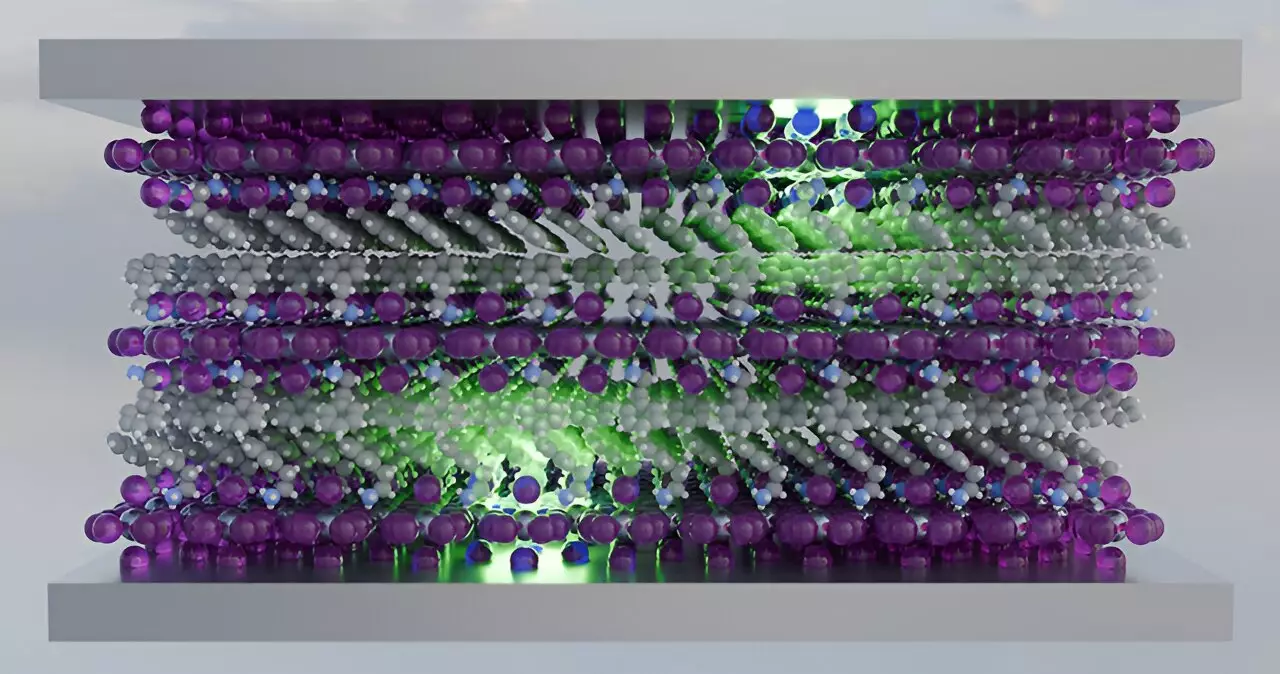In the world of solar cells and light-emitting diodes, a critical factor that can significantly impact efficiency is exciton-exciton annihilation. This process leads to the loss of energy and diminishes the light output in LEDs, ultimately lowering the overall efficiency of these devices. National Renewable Energy Laboratory (NREL) researchers, in collaboration with the University of Colorado Boulder, have been exploring ways to control exciton-exciton annihilation to combat energy dissipation and potentially increase the efficiency of optoelectronic devices.
The Role of Cavity Polaritons
To address the challenge of exciton-exciton annihilation, researchers have turned to coupling excitons with cavity polaritons. Cavity polaritons are essentially photons trapped between two mirrors, offering a unique opportunity to control energy dissipation processes. By utilizing transient absorption spectroscopy, researchers have been able to manipulate the loss mechanism by adjusting the distance between the mirrors that encapsulate the 2D perovskite (PEA)2PbI4 (PEPI) layer, a promising material for future LED applications.
Through their experiments, NREL researchers demonstrated ultrastrong coupling of the PEPI layer within a Fabry-Pérot microcavity composed of two partially-reflective mirrors. This increased coupling led to an extended lifetime of the excited state and provided researchers with the ability to control exciton-exciton annihilation, reducing the loss process by a significant margin. The quantum nature of the hybrid states formed by the interaction between light and matter systems was crucial in understanding and manipulating this phenomenon.
One of the key findings of the study was the rapid shifting of polaritons between being more photonic or more excitonic in nature. This dynamic ‘phasing’ between the two particle characters allowed polaritons to pass through each other without annihilation. By adjusting the coupling strength, researchers were able to fine-tune the relative amounts of time that polaritons spent as photons, ultimately giving them control over the energy loss in the system. This simple yet powerful manipulation of the excited state dynamics has the potential to revolutionize the efficiency of solar cells and LEDs.
The control of exciton-exciton annihilation in optoelectronic devices represents a significant breakthrough in the field of solar energy and lighting technology. By harnessing the power of cavity polaritons and ultrastrong coupling, researchers have unlocked new possibilities for increasing efficiency and reducing energy losses in these devices. The ability to manipulate the dynamics of excitons and photons at the quantum level opens the door to a future where solar cells and LEDs operate at levels of efficiency previously thought unattainable.


Leave a Reply